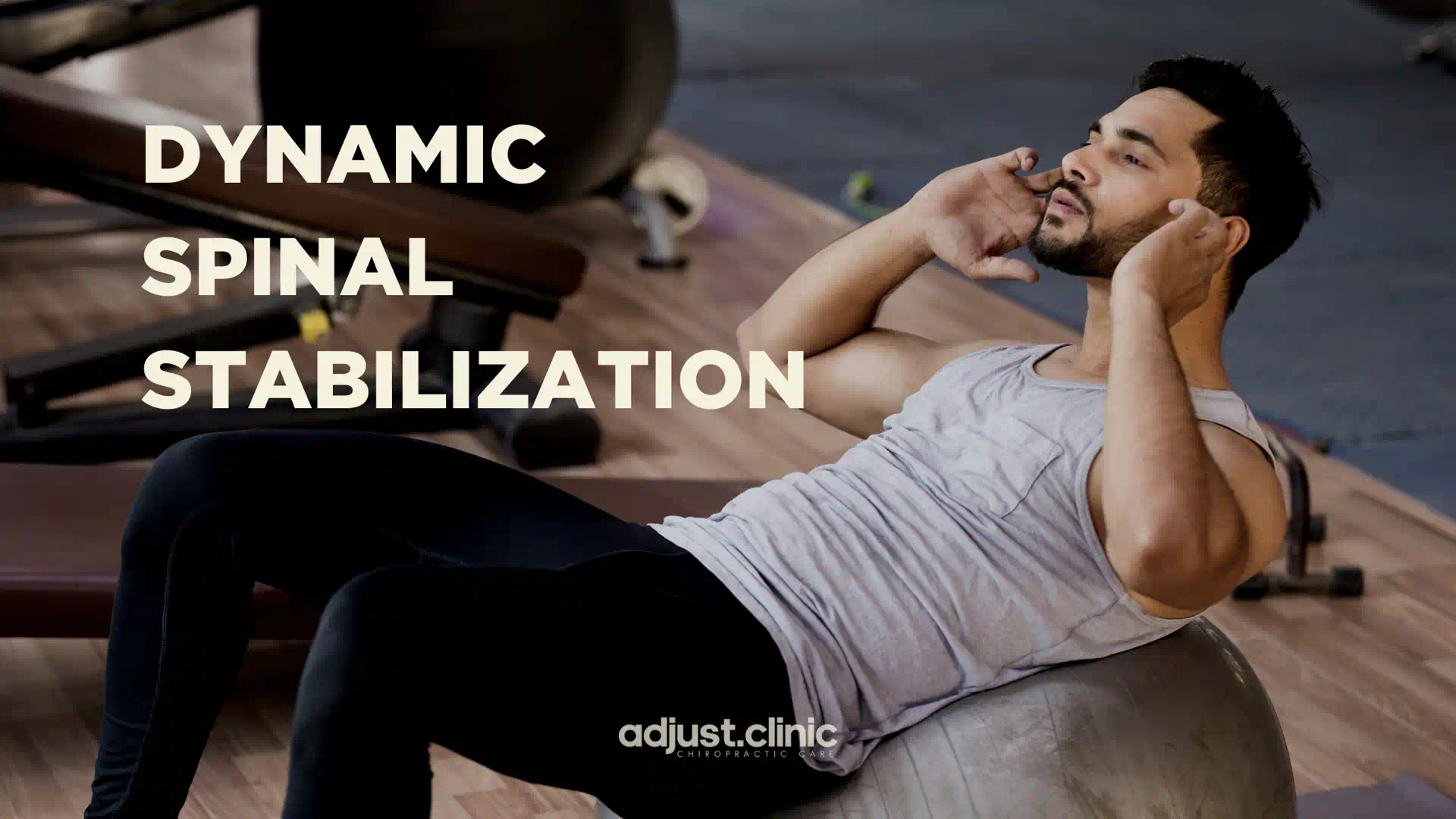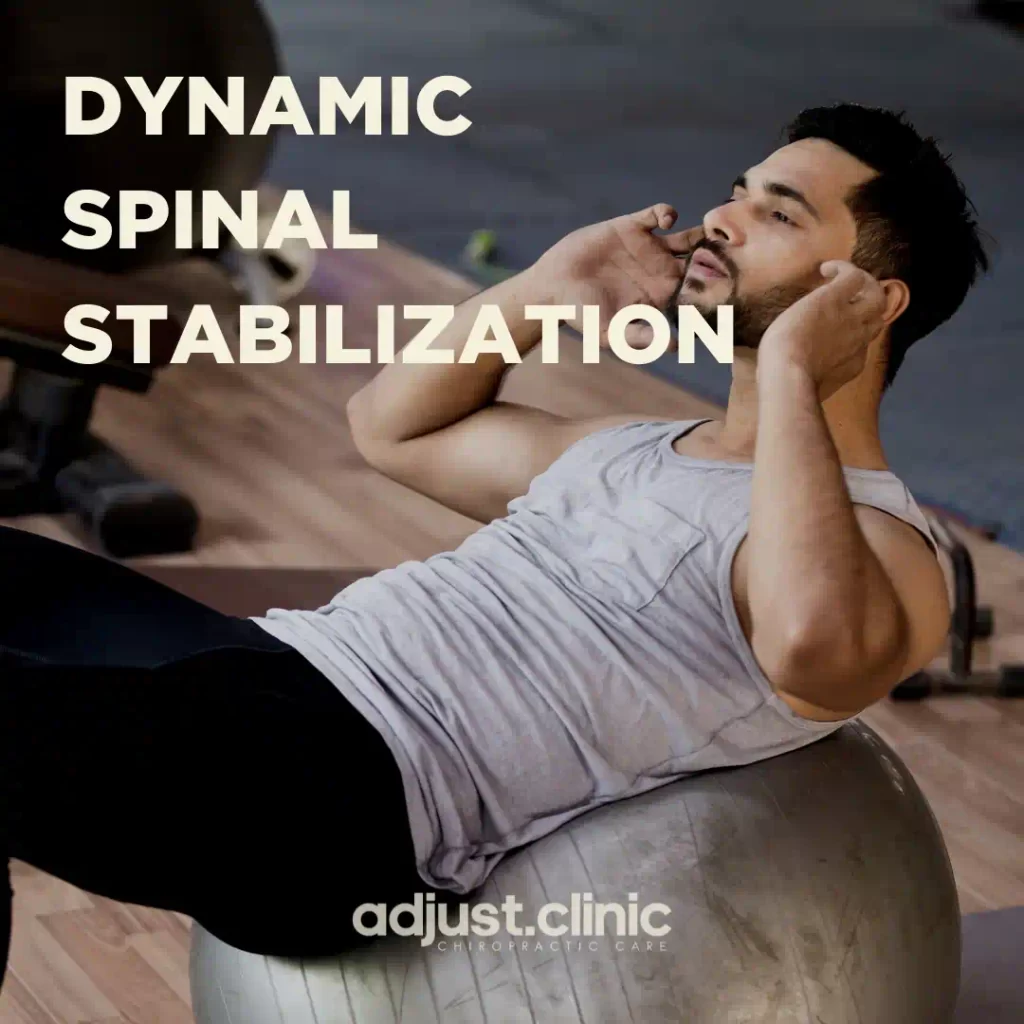
Years ago I was lucky enough to attend a continuing education class taught by a doctor named Malik Slosberg called "Validating Chiropractic." Later, he named it to, "Applying Cutting-Edge Research to Everyday Practice." In this class he emphasize chiropractic and exercise to improve physical well-being and brain function. This class was one of the most influential classes on me as a student attending chiropractic College, and what he thought in this class continue to leave an impression on the way I treat patients.
Dr. Slosberg placed a lot of emphasis on dynamic stability training in chiropractic care. The research indicates that experience of pain is only one component of the more complex disturbance in low back pain, neck pain and other joint pain. Pain can induce a major reorganization of patterns of muscle activity and motor control which may persist despite patient's reporting recovery.
Pain, injury, inflammation can result in immediate and often dramatic changes in motor programs. Motor programs are the way the nerves interact with your muscles to tell you how to move, and how to hold your posture. Pain can throw your posture off. Pain can throw off the way you move.
Muscles normally contract, co-contract, co-activate, coordinate, relax, sequence, and recruit. This allows you to move without efforts normally, and keeps a good normal upright posture. However, when you have pain, this all gets thrown off. If you contract the biceps muscle in the front of your arm, your wrist flexors will co-activate, but your triceps muscle in the back of your arm will reflexively relax.
Pain Lacoste muscle inhibition in some parts of an injured area, that it will cause muscle splinting in other parts of an injured area. Splinting and muscle weakness are two common effects of a whiplash injury, affecting your neck.

If you have a mild injury to your neck, but the neck is not painful, you might have what they call "subclinical pain." Subclinical pain is pain that is transmitted through your nerves, but it is not strong enough for you to experience pain consciously.
Researchers in 2013 have found that alterations in back muscle patterns have been observed in people suffering from mechanical low back pain. These changes in muscle recruitment patterns are an adaptation to underlying spinal instability resulting from ligament damage. Muscle dysfunction and reduce neuromuscular control can cause poor muscle recruitment patterns in your back when you have low back pain. This also happens in your neck.
Muscle impairments also occurs early in the history of onset of spinal complaints, and this kind of impairment does not automatically resolve, even when pain improves. The research shows that the deficits in muscle control rather than pain itself may be the factors defined in the clinical picture of various chronic pain conditions.
Changes in motor control will reduce stability, strength, endurance, range of motion, and it will be a factor involved in high rates of recurrence. Therefore, in current guidelines, there's a focus on improving neuromotor control, coordination, and preserving stability under dynamic conditions. Dynamic stability training will help to reduce the vulnerability of soft tissue damage, and it will help to reduce re-injury.
Over the course of several years while attending the seminar, I got to see the evolution of Dr. Slosberg's teachings to include hands-on dynamic neuromuscular training using a Swiss ball and other balance devices. As a matter of fact, 20 years ago, it was a seminar where I was introduced to a Swiss ball. Back then, that's what they called it; but now they call a yoga ball. This is the ball that you can sit on and bounce on.
Sitting on the Swiss ball since balance signals back into your brain. Rolling onto the Swiss ball onto your stomach sends balance signal back into your brain too. Rolling around, challenging your muscular stabilization, are great ways to activate your spinal muscles. Plus, it's kind of fun to do.